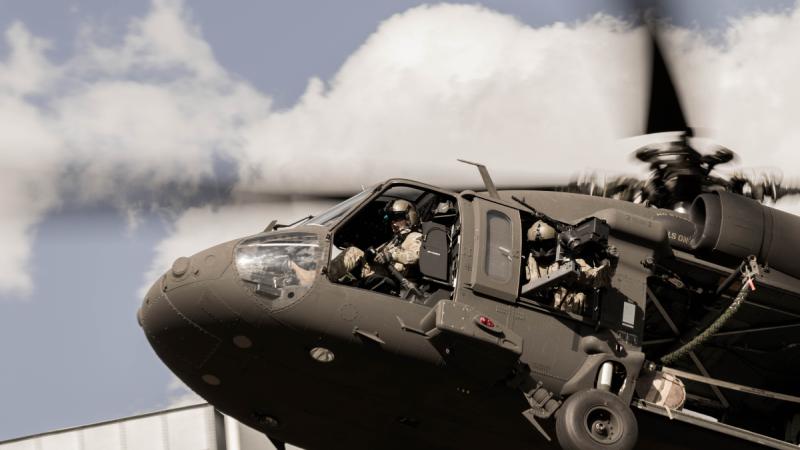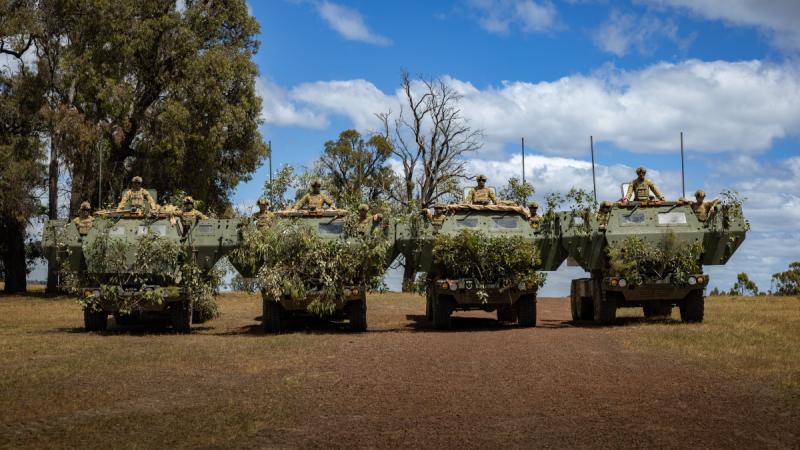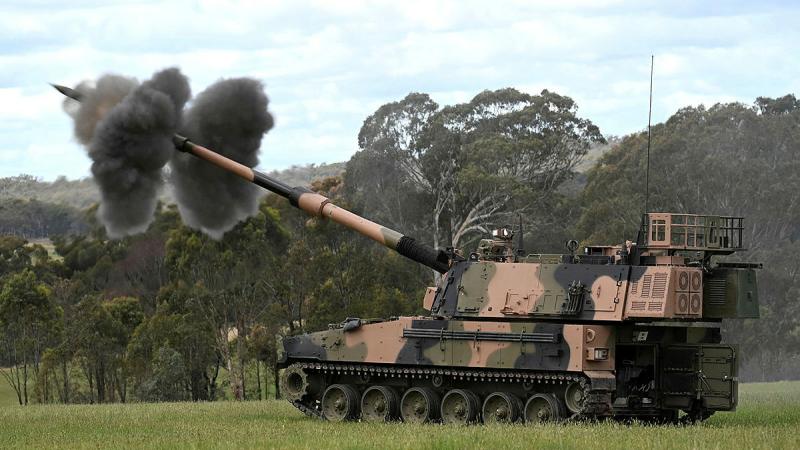15 October 2025
When the ADF is called upon to undertake humanitarian assistance and disaster relief, it’s often Army’s workhorse helicopter, the CH-47F Chinook, that delivers critical supplies or performs evacuations.
But in the event the sturdy airframe and its crew gets in trouble, a small and highly trained group of first responders is ready to render assistance.
The crash response team (CRT) typically comprises six seasoned medical personnel and a similar number of combat rescue operators (CRO) drawn from the engineering ranks.
And in few places is their role more important than the mountainous and sparsely populated terrain of the Central Highlands in PNG, where the 5th Aviation Regiment recently conducted Exercise Helicon Luk to qualify Chinook pilots and aircrew on high-density altitude flying.
Medical officer Major Philip Deverson, of 2nd Brigade, who led the CRT clinical response, said it was important the Chinook crews knew help wasn’t far away if an incident occurred.
“When the Chinooks are out flying there is always an inherent risk of something unfortunate happening, and that does need a fast and professional first responder response, which is what we’re there to do,” Major Deverson said.
The CRT was based in Port Moresby for the exercise. With support from the Papua New Guinea Defence Force (PNGDF), the group trained for patient evacuation and aeromedical treatment at the Goldie River Training Depot using a Bell 212 helicopter equipped with winch capability.
'Here in PNG, being able to do a winch rescue is an absolute necessity because of the terrain, and the aircraft they have is the best for that job.'
Major Deverson, who works as an intensive care registrar at the Royal Brisbane Hospital, said practice and team work were crucial for delivering the best possible outcome for patients.
“Here in Papua New Guinea, there’s pretty steep and difficult terrain so those extractions need planning and a skill base to be successful,” he said.
“You want to be the absolute best you can be, to provide that hopefully life-saving support.”
This year’s CRT comprised medical personnel from the 4th Health Battalion and CROs from 3rd Combat Engineer Regiment, both Townsville-based units.
4th Health Battalion medical officer Captain Trefyn Francis said training with a PNGDF aircraft was a new experience, but she welcomed the capability it offered.
“Here in PNG, being able to do a winch rescue is an absolute necessity because of the terrain, and the aircraft they have is the best for that job,” Captain Francis said.
“We have a longstanding relationship with them and they understand the kind of training that benefits us.”
The CRT practised winch entry and exit from the aircraft at 30 feet as well as stretcher deployment and recovery serials.
“It’s daunting,” Captain Trefyn said. “But it’s a lot easier to do something outside your comfort zone when there’s someone that you know and respect that needs your help at the bottom of that [winch] line.”


